A crushed and distorted skull discovered in central China nearly 35 years ago is now redefining our understanding of early human evolution in Asia. Scientists have digitally reconstructed the 1-million-year-old Yunxian 2 cranium and discovered that it likely belonged to a close relative of the mysterious Denisovans and was a member of a lineage called the Homo longi clade, which likely coexisted with the ancestors of modern humans.

The skull was excavated in 1990 from a Hanjiang River terrace in Hubei province. It was originally thought to belong to Homo erectus, but modern analysis tells another story. High-resolution computed tomography (CT) scans and advanced 3D reconstruction techniques were used by scientists to reverse the warping caused by fossilization and damage over the course of millions of years. Yunxian 2 possessed a unique mixture of traits: a large braincase, thick brow ridges, a long, low skull, and a broad base reminiscent of earlier human species, yet it also displayed a flat face and other traits typical of later hominids.
These “mosaic” traits suggest that Yunxian 2 was a transitional form between Homo erectus and later groups. Morphometric and phylogenetic analyses position this skull in the longi clade, which likely includes the Denisovans, and as a sister group to Homo sapiens. Its existence implies that the lineages diverged far earlier than previously believed.
While earlier estimates placed the split between modern humans and Neanderthals around 500,000–700,000 years ago, Neanderthals are now observed to have diverged first, around 1.38 million years ago, followed by the separation of the longi and sapiens clades at around 1.32 million years ago. The distinctive features in the Homo longi lineage appeared at 1.2 million years ago, and early Homo sapiens traits emerged around 1.02 million years ago.
The significance of Yunxian 2 goes beyond its age. It falls close to the theoretical origin of both the longi and sapiens clades, potentially still possessing transitional features that illuminate how these groups diversified so rapidly in the Middle Pleistocene. Chinese fossil sites, along with those from the Philippines, South Africa, and northeast China, suggest that several hominid species of high morphological diversity coexisted during this period, raising controversy regarding whether or not they represent separate species or variations along the lineage leading to modern humans.
By combining new imaging and careful study of fragmentary fossils, researchers are now able to move the timeline of human evolution in Asia back by hundreds of thousands of years. Yunxian 2 not only tells us about the Denisovan lineage, but also highlights the complex, branching paths to the creation of Homo sapiens. The findings were published in the journal Science.



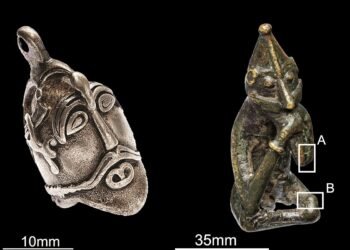
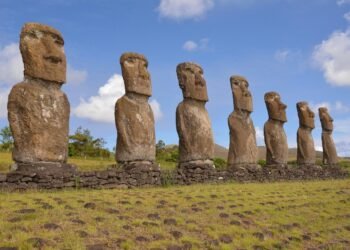
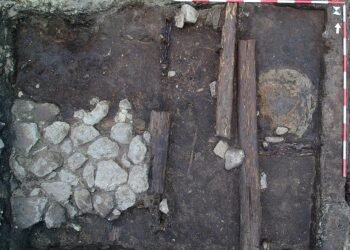
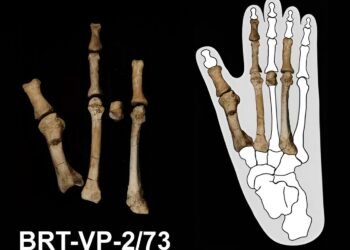

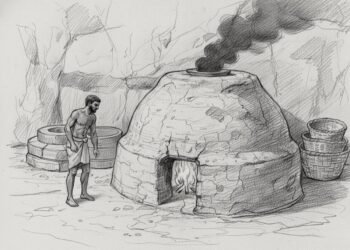














This is essentially an example of a – Small Sample Bias; They found ONE skull and assumed by its characteristics that this fossil represented a whole group of hominids. There are millions of years separating these similar finds.This could, for all we know be a birth defect Most likely it is a member of a primate group that died out long before Homosapiens could be considered descendants.
I’m not sure whether you’re an anthropologist or an academic, but I assume you might not be. Anthropology and archaeology are scientific disciplines, and specialists in these fields certainly know the difference between congenital defects and other skeletal variations. All possible explanations are carefully considered in any peer-reviewed scientific study before publication.